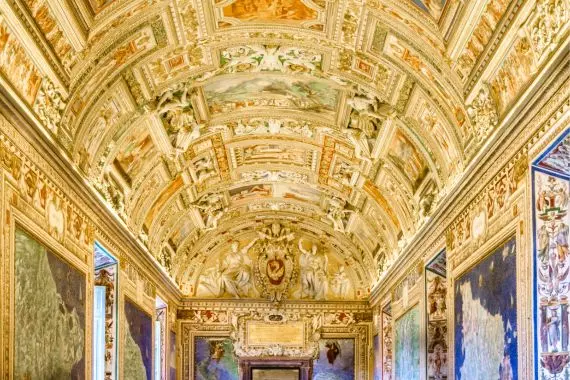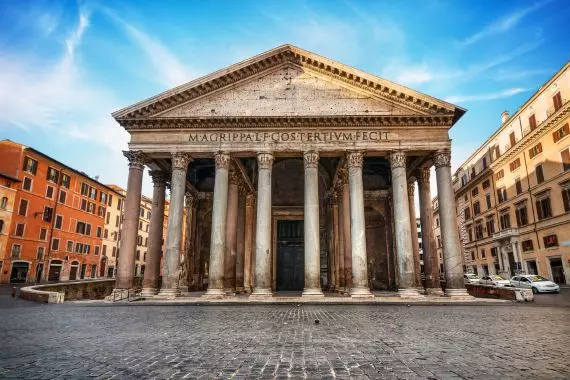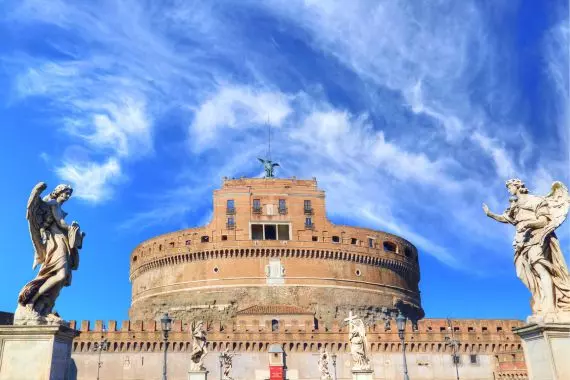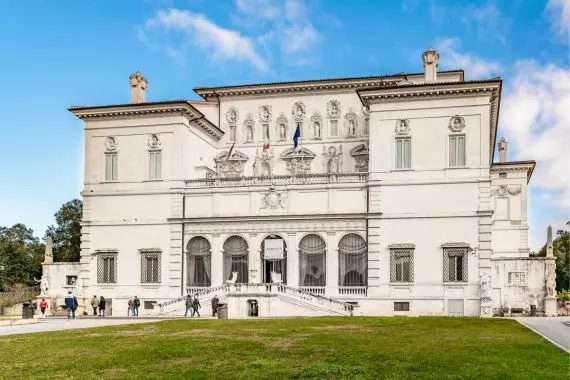Rome is deservedly known as the Eternal City as its history spans three millenniums. It’s the city with the highest concentration of architectural and historical monuments in the world. Apart from having numerous historical and architectural monuments and lots of museums, it offers many leisure possibilities.
ROMA’S tours and ticketS
In Rome, every corner holds a lot of history. Discover the city in your own way by booking tickets to its main attractions with audio guides or join amazing guided tours in your own language with a professional local guide.
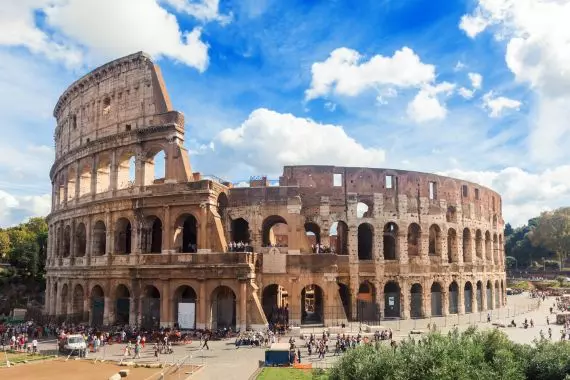
Colosseum Tickets
From 25 €
Discover the Colosseum. Get your tickets today and experience the epic history of this iconic landmark.
⭐4,3 (37.156 reviews)
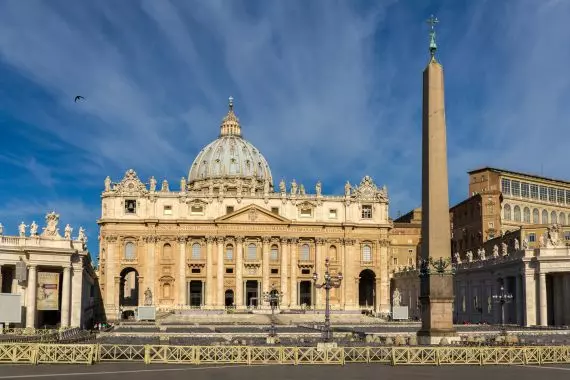
St. Peter’s Basilica Tickets
From 6 €
Explore St. Peter’s Basilica. Buy your tickets now and experience the grandeur of Vatican City’s centerpiece.
⭐4,2 (13.927 reviews)
STOPS ALONG THE ROME CITY TOUR BUS ROUTE
Essential Rome Route
Hop on board the Rome City Tour bus and enjoy the Essential Rome Route with stops at the city’s main landmarks. Thanks to the hop-on hop-off system, you can get on and off as many times as you like to explore Rome at your own pace. Highlights include the majestic Colosseum, the Trevi Fountain, and the Spanish Steps, along with many other iconic sights of the city. A comfortable, flexible, and complete way to discover the Eternal City while capturing the best photos of its most famous monuments.
OTHER POINTS OF INTEREST IN ROME
If you are visiting Rome for the first time, take a look at the city’s must-see landmarks below and start planning your itinerary.
We've found 73 points of interest
Discover the world with the City Tour app!
Track our tourist buses in real time in cities like Barcelona, Madrid, Granada, San Sebastián, Rome, or London, and find out about our multiple routes in Paris, Mexico City, and Brussels.
Check nearby stops and explore what to see around you.
📲 Download it for free and start your journey.

